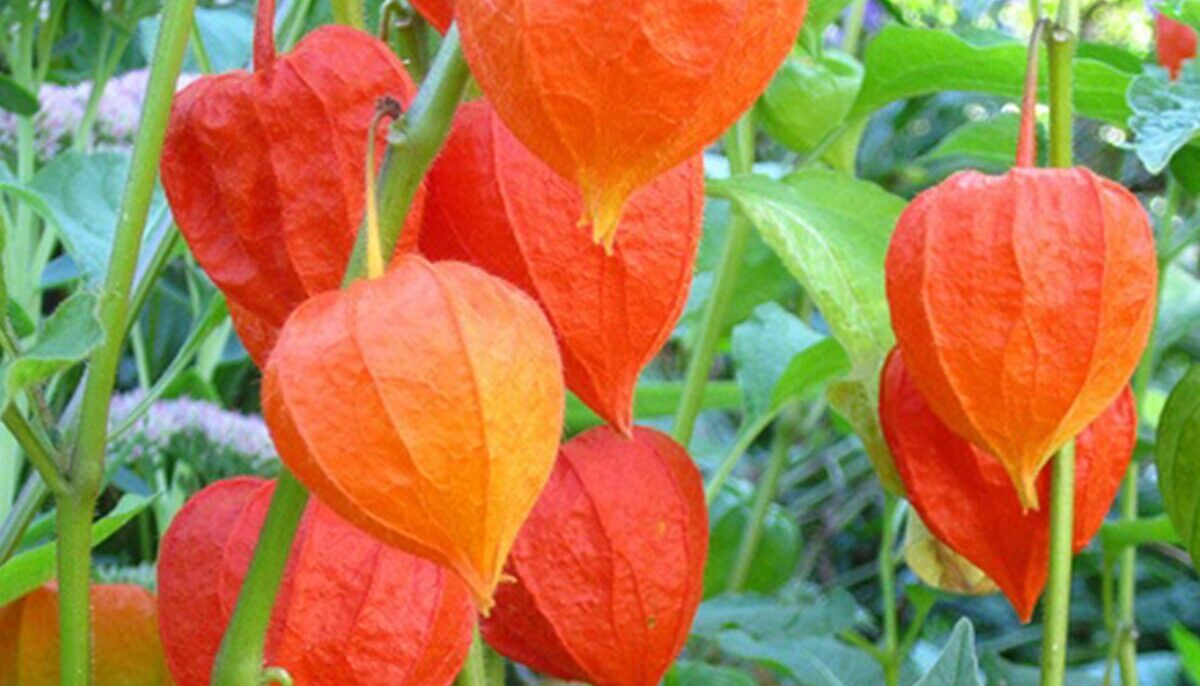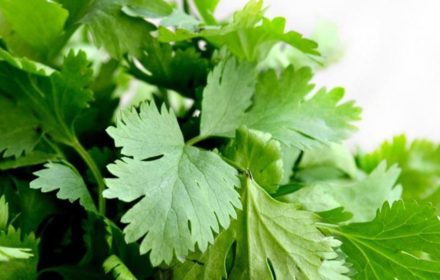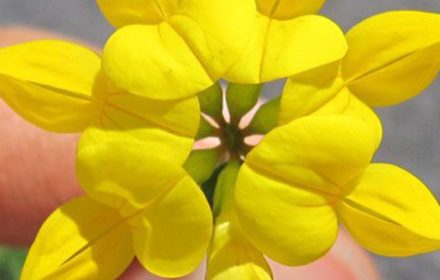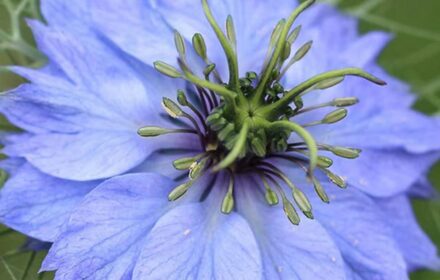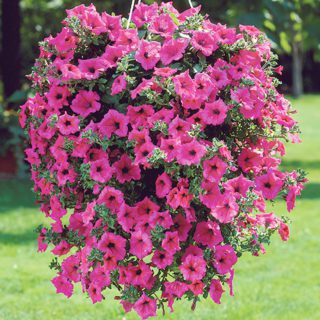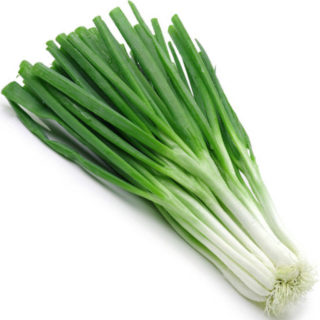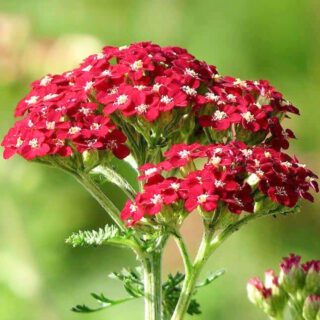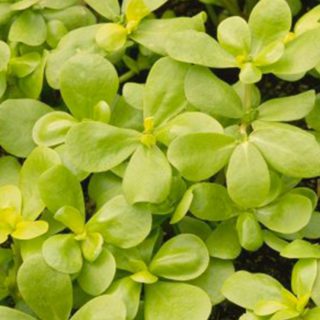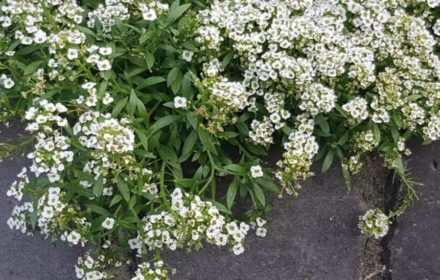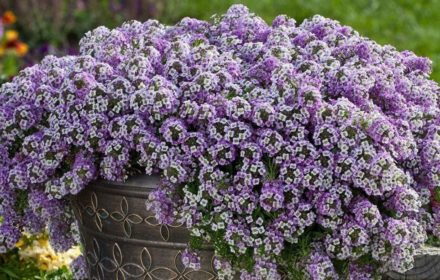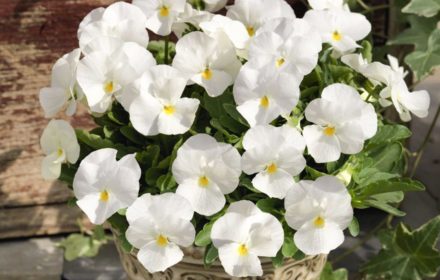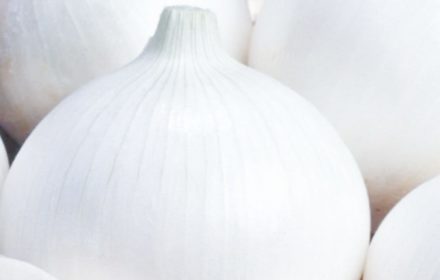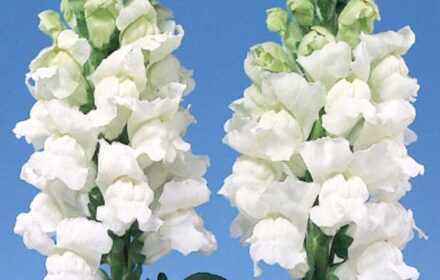What are Chinese Lantern Plants?
Scientifically known as Physalis alkekengi, is a unique and ornamental plant renowned for its vibrant orange lantern-shaped husks. These husks encase small berries and transform any garden into a visual spectacle, especially during autumn. The plant is a hardy perennial, making it a delightful addition to UK gardens.
How to Grow Chinese Lanterns from Seed
- Soil Preparation Advice: To ensure the optimal growth of Chinese Lantern plants, prepare your soil meticulously. They thrive in well-draining, fertile soil with a pH range of slightly acidic to neutral. Work the soil to a depth of 8-12 inches, incorporating organic matter to provide essential nutrients. Good drainage is crucial to prevent root rot and other water-related issues.
- Seed Sowing Advice: Start seeds indoors 6-8 weeks before the last expected frost. Sow the seeds sparingly in trays at a depth of 1/8 inch, providing warmth at 65-70°F ( 18-23 Degrees Celsius ) for optimal germination. Once sprouted, prick out the seedlings into 3-inch pots.
- Seed Spacing: When transplanting outdoors in late spring (May/June), space the plants approximately 18-24 inches apart. This spacing allows adequate room for each plant to grow without competing for nutrients and sunlight, ensuring healthy development.
- Germination: Chinese Lantern seeds typically germinate within 2-3 weeks under optimal conditions. They require consistent moisture and warmth during this period. Avoid exposing the seedlings to temperatures below 50°F ( 10 Degrees Celsius ) to ensure healthy growth.
How to Care for Chinese Lantern Plants
- Maintenance: Chinese Lantern plants require regular watering to keep the soil consistently moist, particularly during dry periods. However, be cautious not to overwater, as this can lead to root issues. Weed regularly to minimize competition for nutrients and consider mulching to conserve moisture.
- Maturity: These plants generally reach a height of 18-24 inches and take on a bush-like appearance when mature. They are perfect for cut flowers or dried arrangements, adding an exotic touch to your garden or home.
- Harvest: The plants typically mature and produce full-sized lanterns in their second growing season. Harvest the lanterns when they are fully colored but before they dry out on the plant for use in fresh or dried arrangements.
- Common Pests or Diseases: While generally hardy, Chinese Lantern plants can occasionally be affected by common garden pests such as aphids. Employ natural pest control methods like neem oil to manage these.

